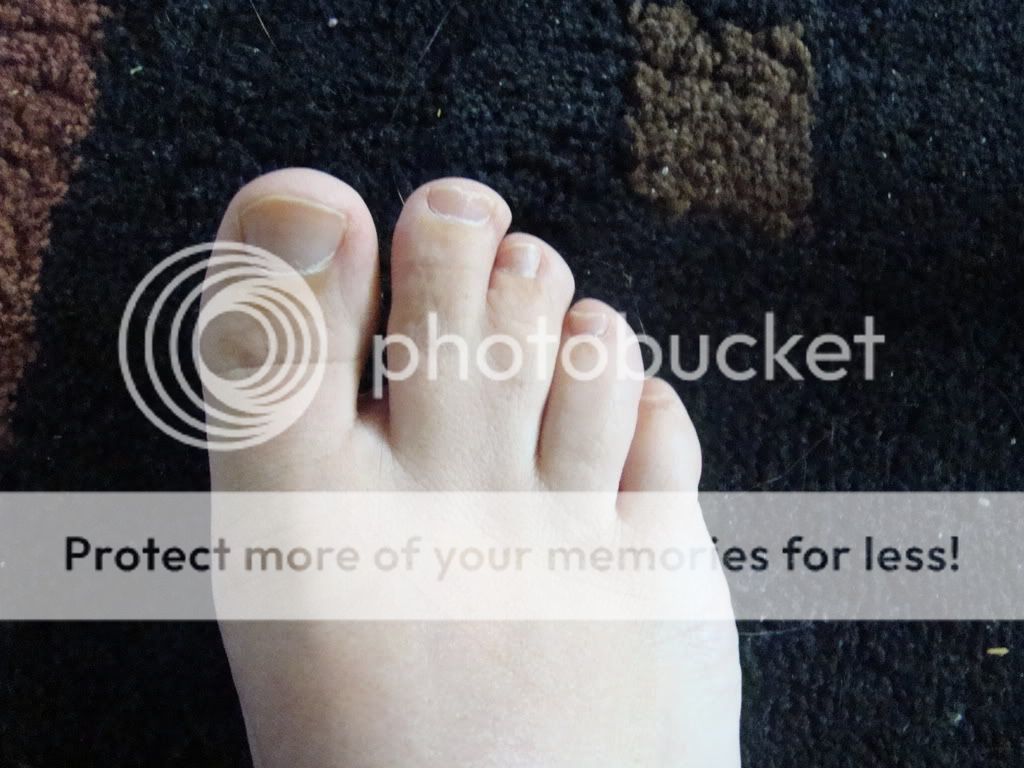

Usually involves border toes, most commonly the fifth Plantarflexed ankle joint with upwardly extended midfoot and forefoot Initial conservative therapy to stretch soft tissues, followed by surgical correction Rigid foot appearance with “reversed” arch Abnormal fusion of the bones of the hands and feet (syndactyly) - with webbed or mitten-like hands or feet - are also common Apert syndrome symptoms.
#SLIGHTLY WEBBED TOES SERIAL#
Severe: serial castings, followed by nightly splinting or bivalved castingĭorsal forefoot can be touching outer legĬongenital vertical talus (rocker-bottom foot) Moderate: splinting and high-top, rigid-sole, lace-up shoes The Premise of Foot Shape Ancestry Foot and toe ancestry suggest that by looking at the shape of your feet, you can make an educated guess about the origins of your ancestors. Radiographs show parallel axes of talus and calcaneusįoot in extreme dorsiflexion (hyperextension) Intrinsic (rigid): initial casting, usually followed by surgical correctionĬoncave medial foot border, convex lateral “V”-finger test deviation of lateral foot borderĮxtrinsic (supple): serial castings, followed by maintenance splinting The involved fingers or toes can be fully fused at the level or the bone, or simply by the skin. Prominent styloid process of fifth metatarsal Webbing of the fingers and toes is known as syndactyly.

When surgery is indicated, procedures generally are postponed for six to nine months so that the child will better tolerate anesthesia. Cases that require surgical correction should be referred to a subspecialist with expertise in correcting lower extremity deformities in children. Doctors often describe webbed digits by their severity. Caucasian boys are the most likely to be affected. They are congenital disabilities that occur in about one out of every two to three thousand infants. Most treatments include conservative measures, such as observation, stretching, and splinting, which can be performed easily in the family medicine setting. Webbed toes and fingers are digits connected to each other by tissue. Common newborn foot abnormalities include metatarsus adductus, clubfoot deformity, calcaneovalgus (flexible flatfoot), congenital vertical talus (rigid flatfoot), and multiple digital deformities-polydactyly, syndactyly, overlapping toes, and amniotic bands. It can occur alone or as part of a genetic syndrome. A thorough examination includes assessment of vascular, dermatologic, and neurologic status of the lower extremities, and observation, palpation, and evaluation of joint range of motion in both feet. Syndactyly is a condition that causes webbed toes or fingers and is characterized by the fusion of 2 or more toes or fingers. Most deformities can be diagnosed easily with physical examination alone, using few diagnostic studies. Despite its small size, the newborn foot is a complex structure. A thorough examination can be performed quickly. An examination of the feet is an essential component of an evaluation of a newborn.


 0 kommentar(er)
0 kommentar(er)
